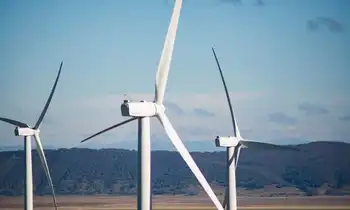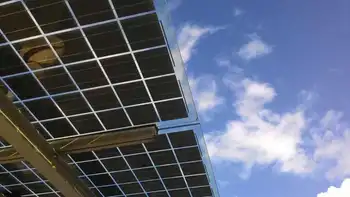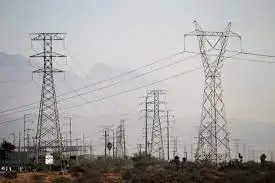Australian wind farms may stall despite green bill
By Reuters
Arc Flash Training CSA Z462 - Electrical Safety Essentials
Our customized live online or in‑person group training can be delivered to your staff at your location.

- Live Online
- 6 hours Instructor-led
- Group Training Available
Epuron, a unit of Germany's Conergy, said euphoria that developed after a renewable energy bill became law last month would be short-lived unless focus returned to the long-term future of wind power in Australia.
The renewable laws, requiring 20 percent of the country's energy to come from renewable sources by 2020, opened the door to a $22 billion investment rush. It also raised hopes the government will get parliamentary support later this year for an emissions trading scheme it wants to establish in 2011.
"The renewable energy bill should result in 8,000 to 10,000 megawatts of wind energy built over the next five to 10 years but leaves open the question of what happens after that," said Andrew Durran, executive director of Epuron's Australian arm.
"There's a lot more room for renewables than this bill allows for, but where Australia has struggled over the last 15 years has been the stop/start nature of the industry and our concern is that it's going to happen again once the renewable target is met."
Durran said the target could be reached as early as 2015 as new players come into the sector.
Epuron develops and manages windfarms and sells them to investors or energy companies wanting to boost energy generated by renewable sources.
Among the firm's projects is country's largest, the Silverton project in outback eastern Australia, that eventually could have 500 turbines generating 1,000 megawatts.
Major electricity retailers such as AGL Energy Ltd, Origin and TRUenergy are already balancing their coal and gas-fired generation assets with increased investment in proven and emerging renewable technologies, including windfarms.
Durran said the wind-power sector, along with other renewable energy industries, would remain dependent on government assistance until coal-fired power stations recognized the full cost of producing electricity, including environmental costs.
At present, coal-fired power stations produce about 85 percent of Australia's electricity at about half the cost of wind power, one of the cheapest forms of renewable energy. Renewables account for about 5 percent of the country's energy supplies.
"It is an industry that is supported by government and is reliant on that support," said Durran.
Durran said introduction of an emissions trading scheme would help level the playing field as coal-fired power stations would be forced to buy permits to emit greenhouses gases. This would partly close the gap in production costs between coal-fired plants and the renewables sector.
"The emissions trading that's going to come in is only going to affect a very small amount of coal but if all of the coal sector had to offset its emissions then there's no question that wind would be cheaper," he said.
"But the expectation is that government will have a very slow, steady start and it could be 15 to 20 years before coal in a significant way has to offset the emissions that it causes."











